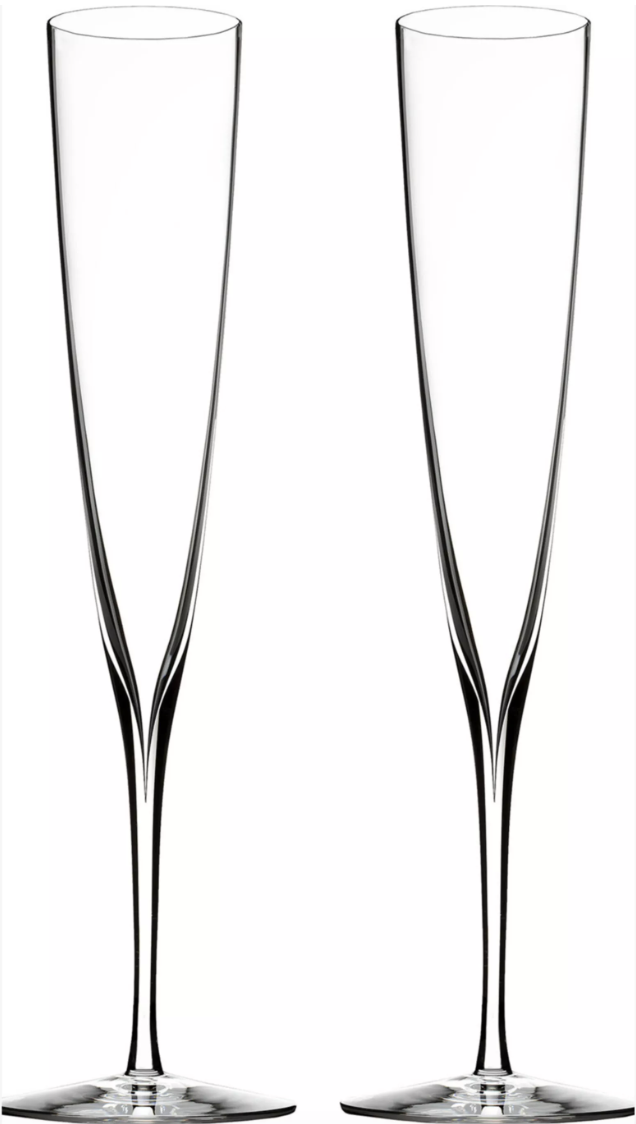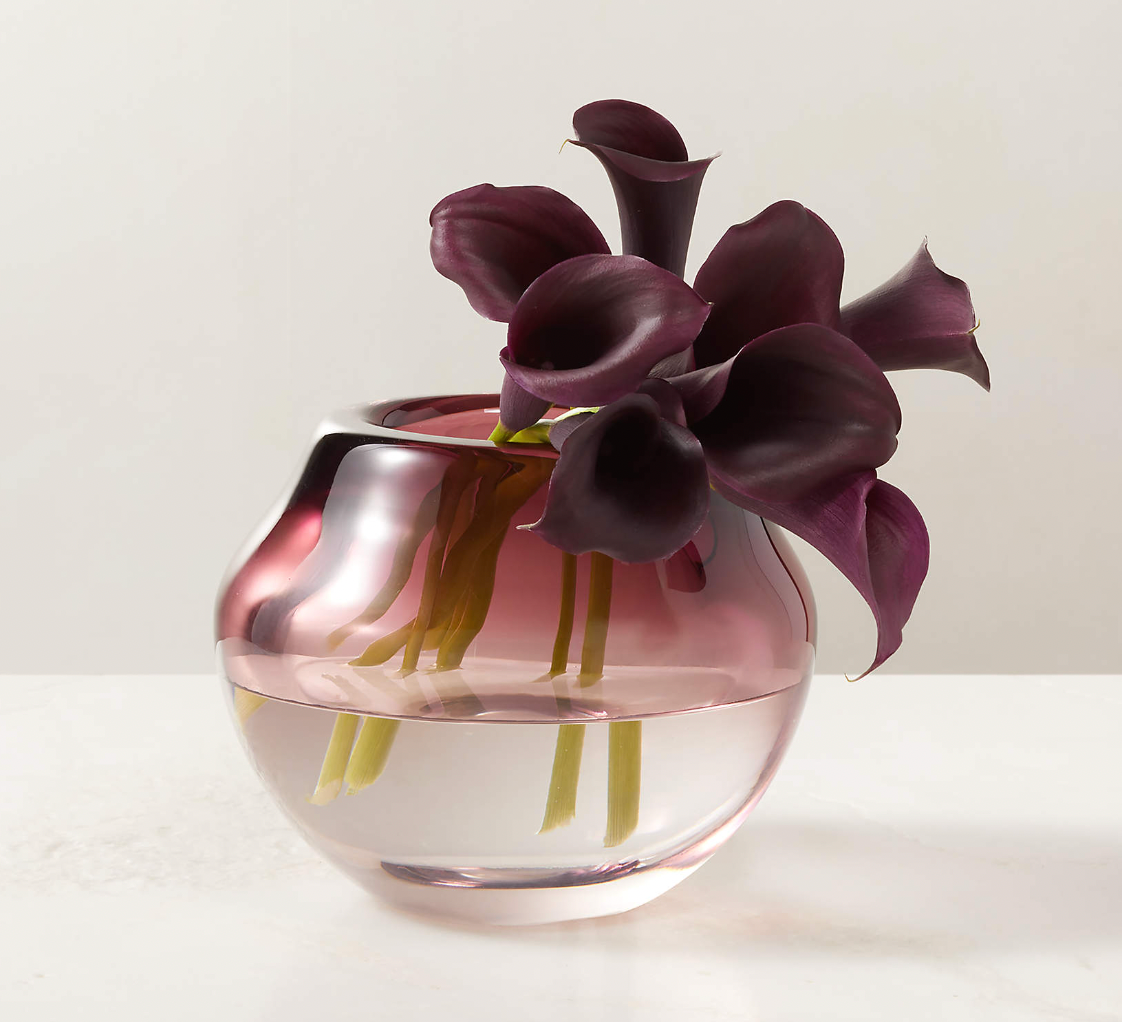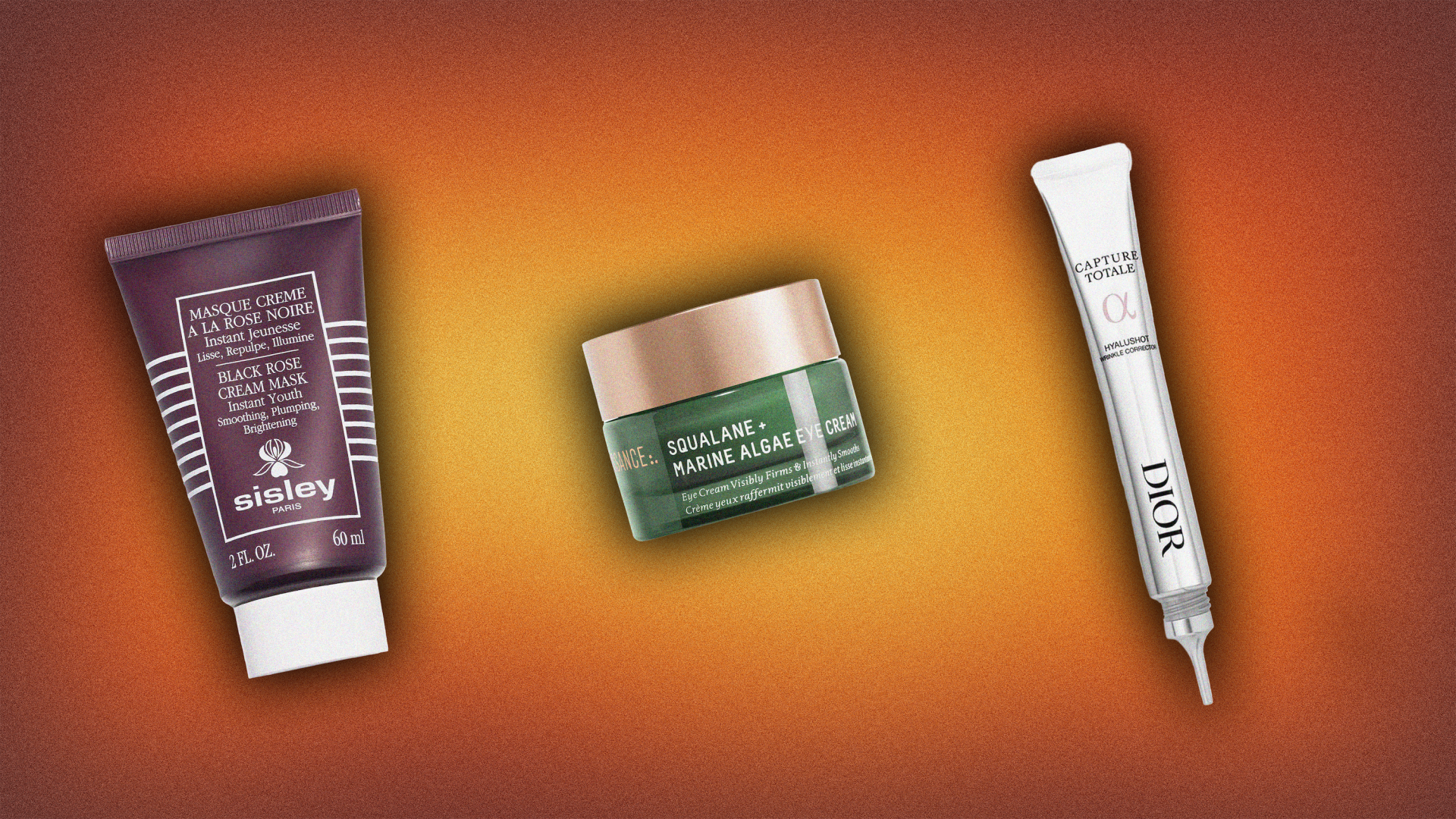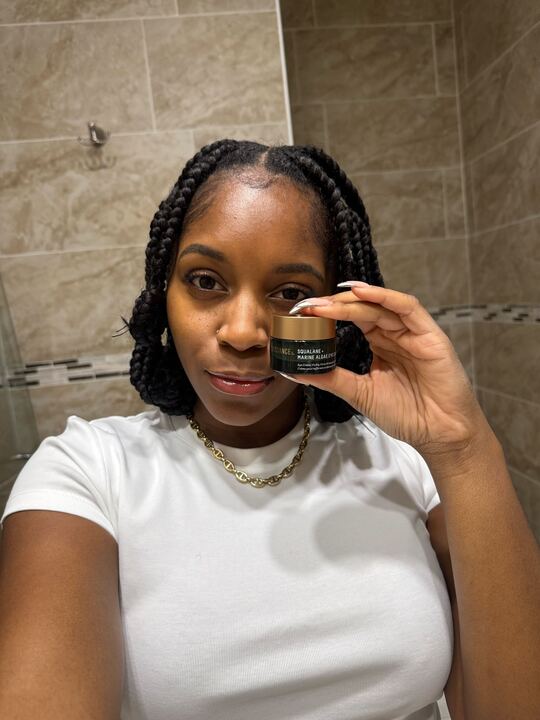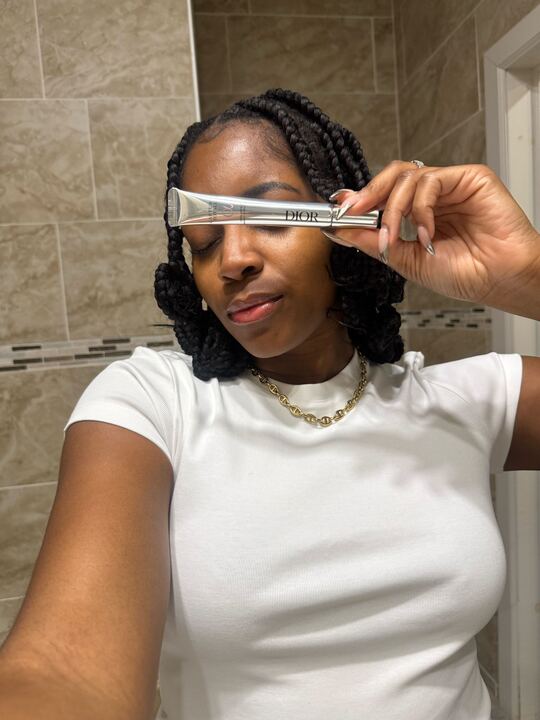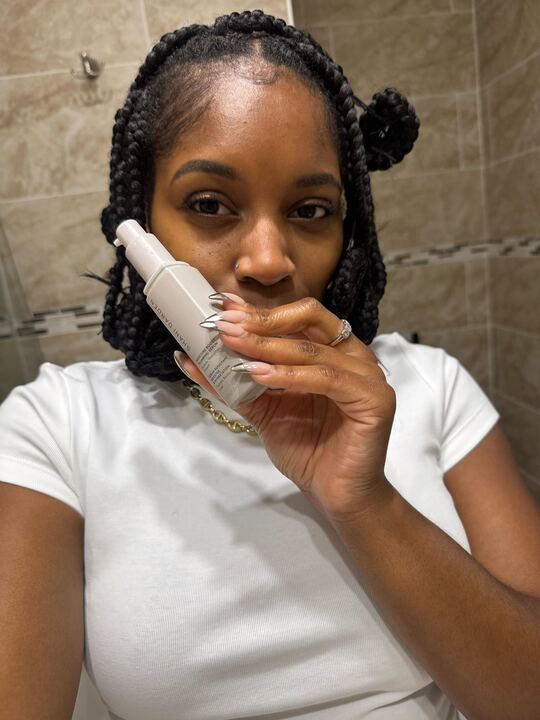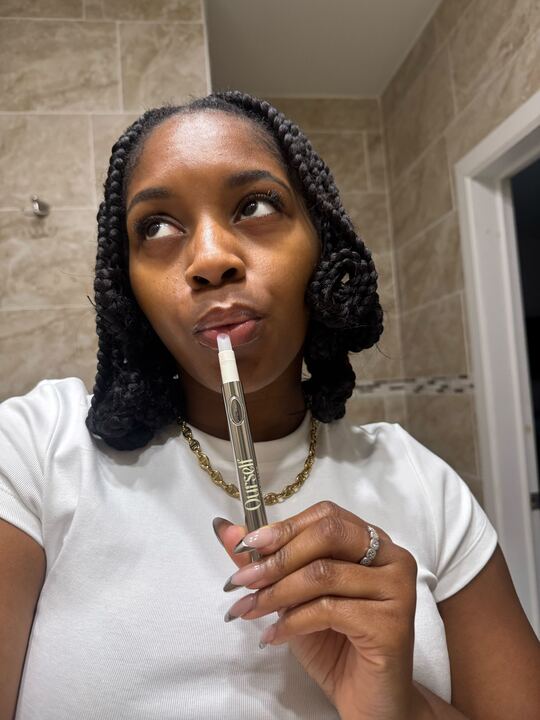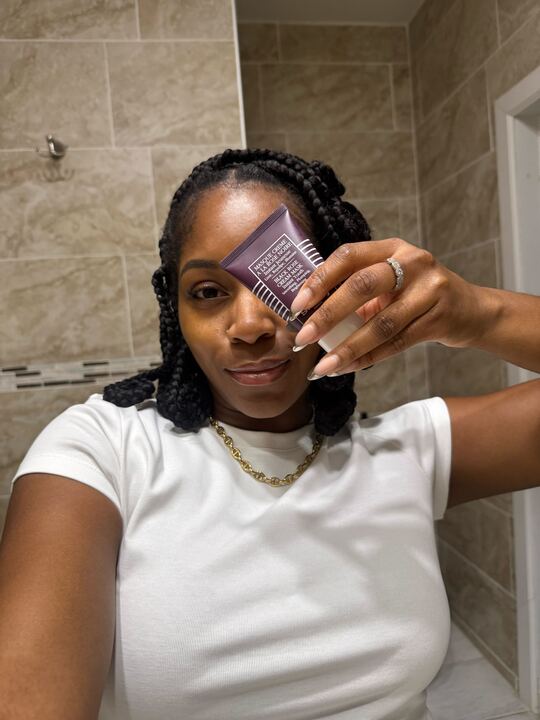
We’ve been patting our weave since before Beyoncé said to. Itchy scalp while wearing braids and wigs is an unresolved issue in the Black community. Studies show darker skin is more prone to dehydration, with less ceramides and a higher level of transepidermal water loss. On our body, this may show up as ashy skin, but on our scalp, it appears as itchiness.
Other than dry or dehydrated scalps and conditions like eczema and psoriasis, “itching or discomfort while wearing braids [also] signifies damage to the hair follicle, bacterial overgrowth, allergic reaction or a combination of all,” trichologist Bridgette Hill tells ESSENCE. “This can be a result of improper cleansing, scalp care or braid installation.” From prep to after care, building a healthy scalp routine can help put an end to the age-old patting.
Below, Hill tells us everything we need to know about reducing the itch while wearing braids.
What causes an itchy scalp?
“Scalp pruritus, or itchy scalp can be as simple as an isolated symptom without any direct cause,” Hill says. According to the AAD, itchy scalp can be caused by dandruff, reaction to hair care products, and scalp psoriasis among other conditions. It could also be caused by an irritant (like chemicals in synthetic hair) or dehydrated scalps and even eczema. “If there is no physical appearance of why the scalp may be itchy, it may be signs of parasites in the follicle that thrive off or dead skin cells and sebum called demodex.”
Do braids cause your scalp to itch?
Contrary to popular belief, “itchy scalp is not a direct result of tension,” she says. “Any sensation or discomfort on the scalp as a result of tension is directly related to the stress on the hair follicle.” “The stress on the hair follicle leads to inflammation and or infection, which can create folliculitis, infection, pustules or traction alopecia,” she continues. We unfortunately know the stiff necks and headaches behind braids all too well, impatiently awaiting the days after they loosen up. That, along with potential reactions to synthetic hair and products, “can create an environment for itchy scalp.”
How to prep your scalp before braids
More than just a wash and repeat, your pre-braid prep is integral to your scalp health for when they’re installed. “Prior to braiding, do a scalp treatment along with a protein hair treatment on your dry dirty hair,” Hill recommends. “Let these treatments sit on the hair for 30 minutes, then shampoo and deep condition with an intense moisture-based conditioner for 10-15 minutes.” Using a high quality hair dryer (like the Dyson Supersonic) is an important step in the process as well.
“I prefer clients to safely blow dry their natural hair, not for the purpose of making the hair sleek, but for the purpose of elongating the natural texture to make it easier for separation and easier to comb through.” That way, when it is time for your appointment, the braider can use less tension when parting and braiding your hair. Before going in, “spray a light weight oil like almond or shea oil from root to ends so the fibers are protected with moisture and lubrication.”
Braiding techniques that help avoid itchiness
“The instant you feel any tension that is uncomfortable a reputable braider will want that information to set the standard of how much tension should be used for your hair,” Hill says. Although it is common to prioritize extra-tight braids so they “last longer” (even if just a few days), it is not worth the condition they can put your scalp in. “The braider should loosen any braid in real time to reduce discomfort.”
As for your edges, “protect the hairs around the face with light cream based moisturizers to offer more lubrication and moisture to prevent breakage,” she says, while conditioning the hairs around the hairline just as you do the hair growing from your scalp. If you’re using braiding hair, itchiness may occur from the chemicals (like PET, PP, and PVC) synthetic hair contains. “Ensure the extension hair used for braiding is properly clarified and cleansed to remove any irritants that may cause allergic reactions on the skin and scalp,” especially if your scalp is sensitive.
How to care for your scalp while wearing braids
Taking care of your scalp after your braids are installed may be the most familiar part. “While in braids, I recommend using a weekly detoxifying and clarifying oil,” she says, recommending citrus essential oils like lemon and orange, or rosemary and thyme. (Pro tip: Do not apply essential oils directly to your scalp. Instead, add a few drops to a carrier oil.) “Stay away from heavy pomades and grease on the scalp, which can contribute to bacterial overgrowth which leads to more itchiness,” Hill says.
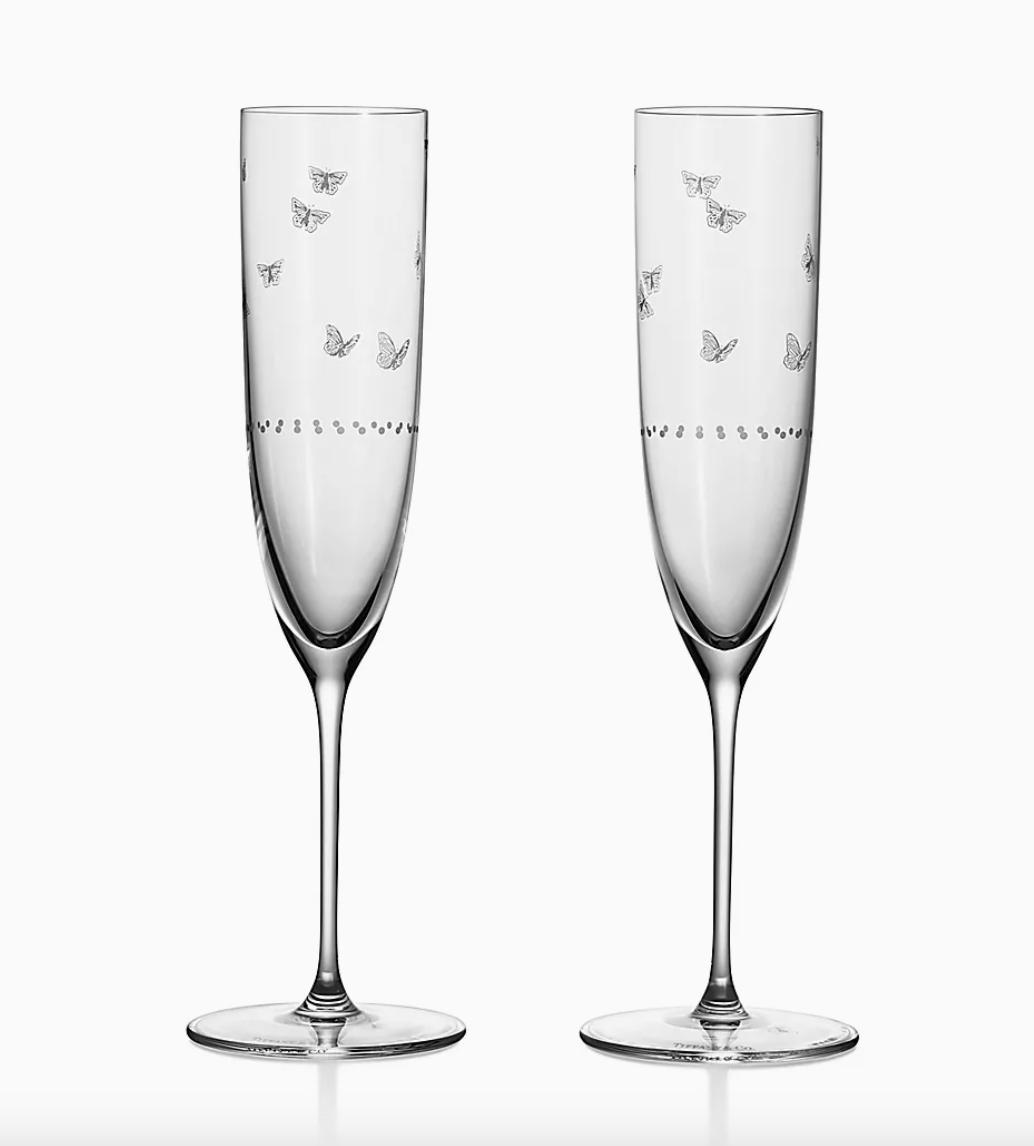
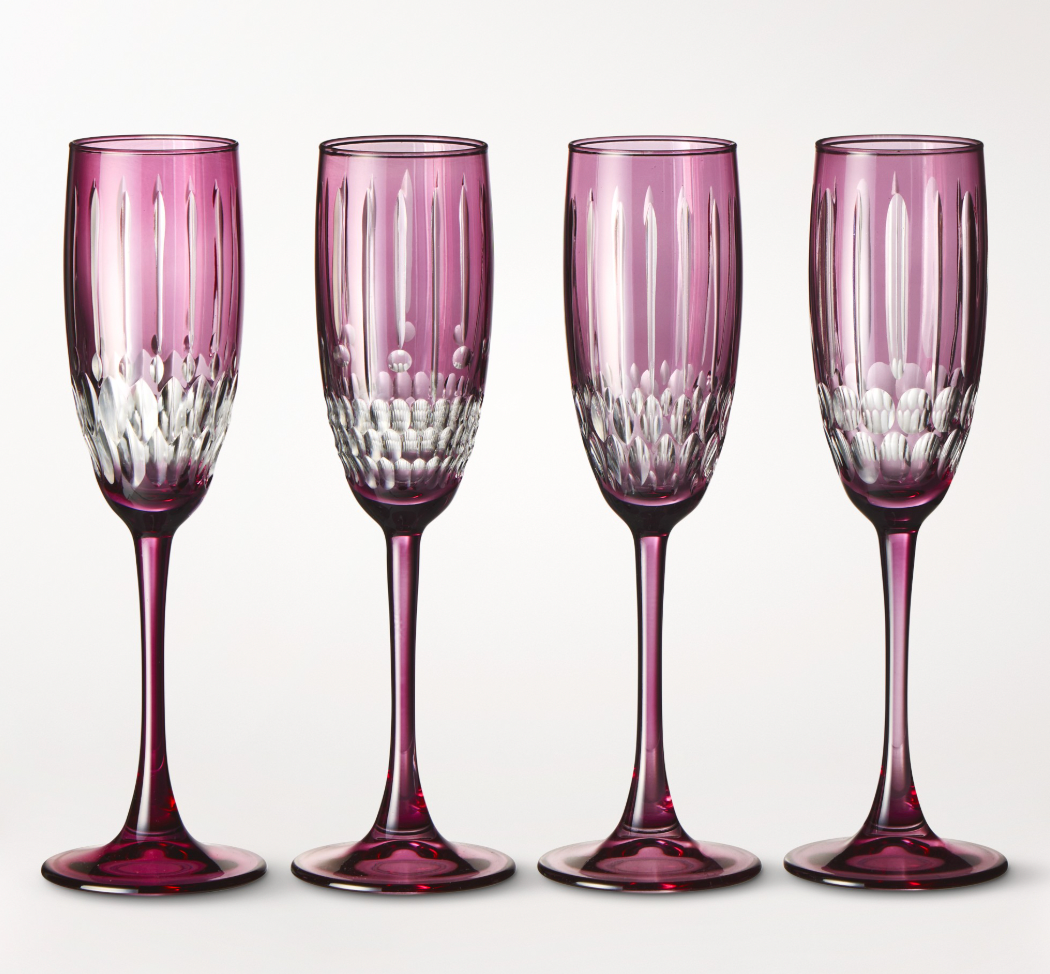
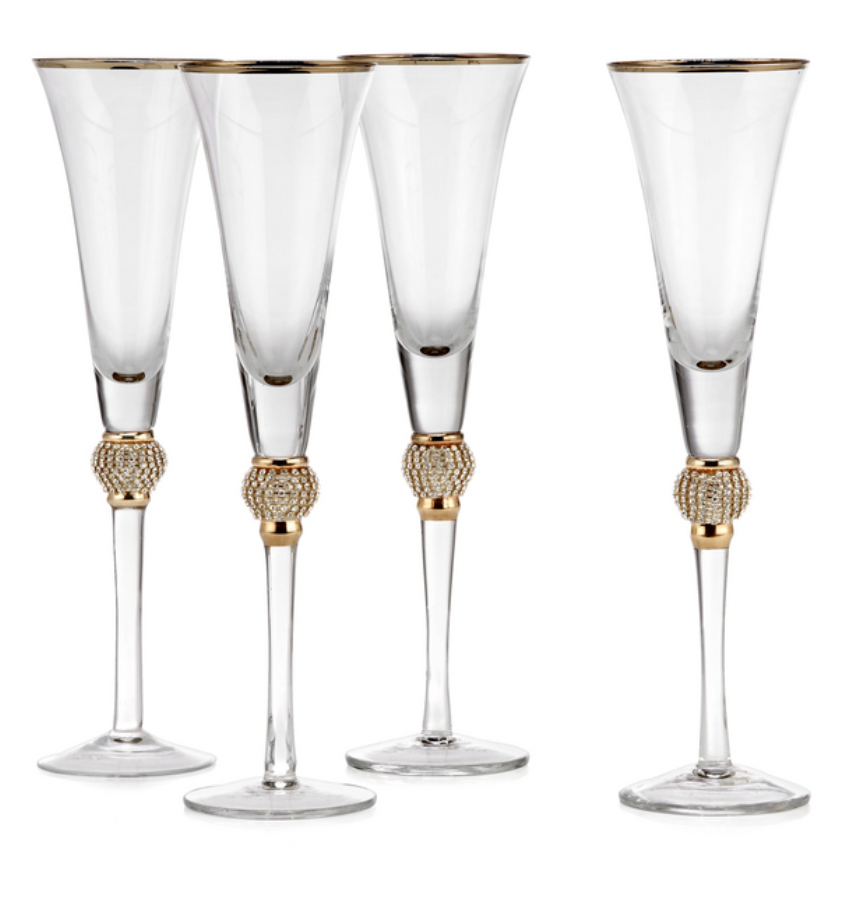
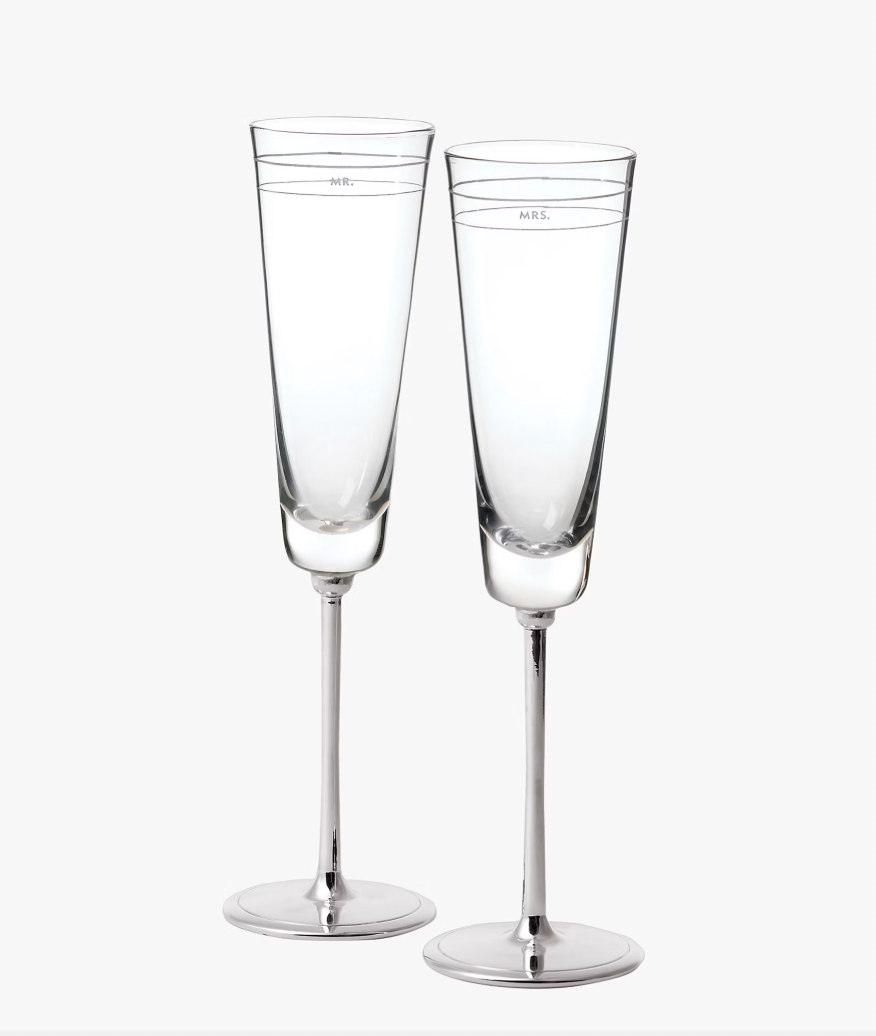
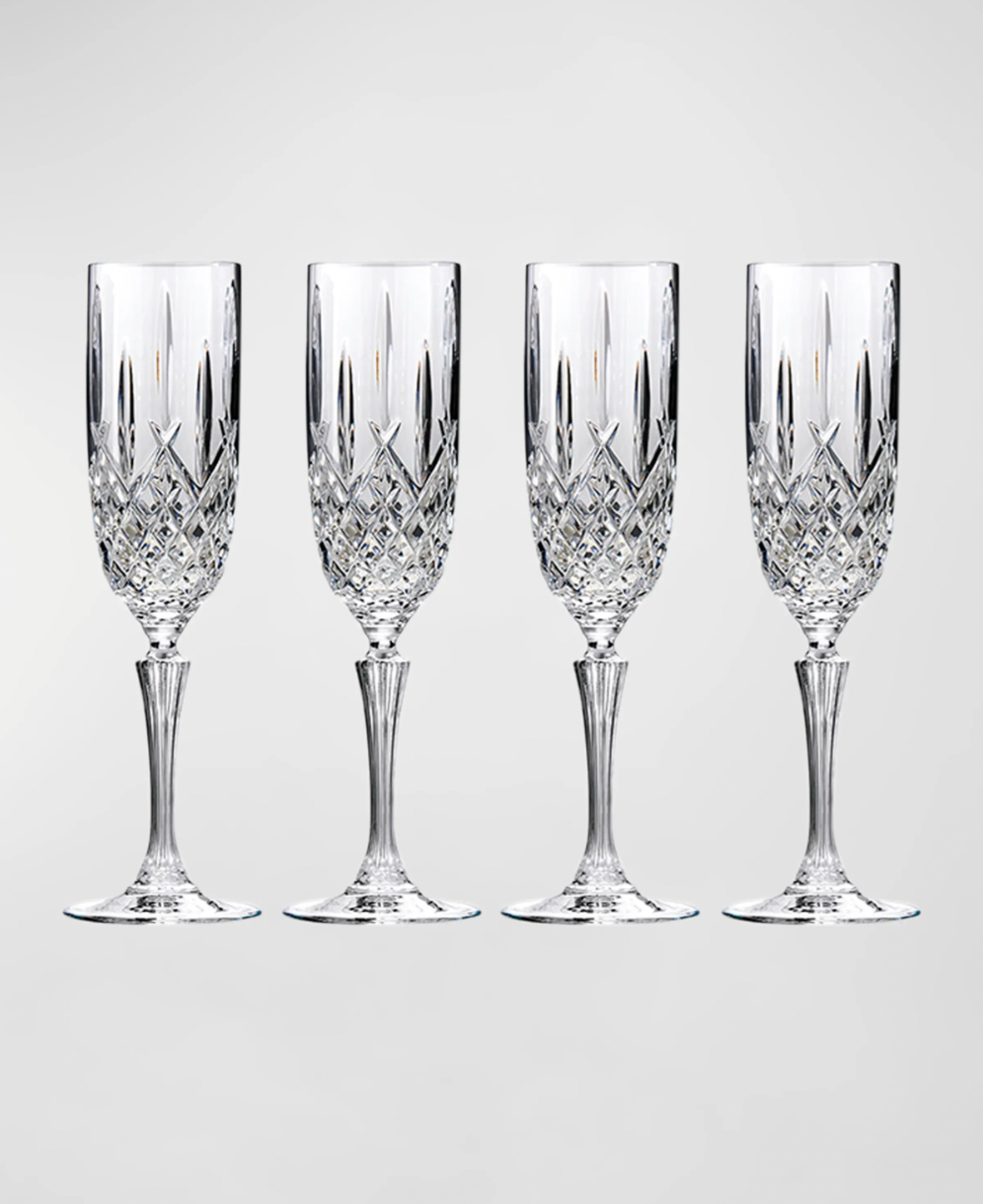
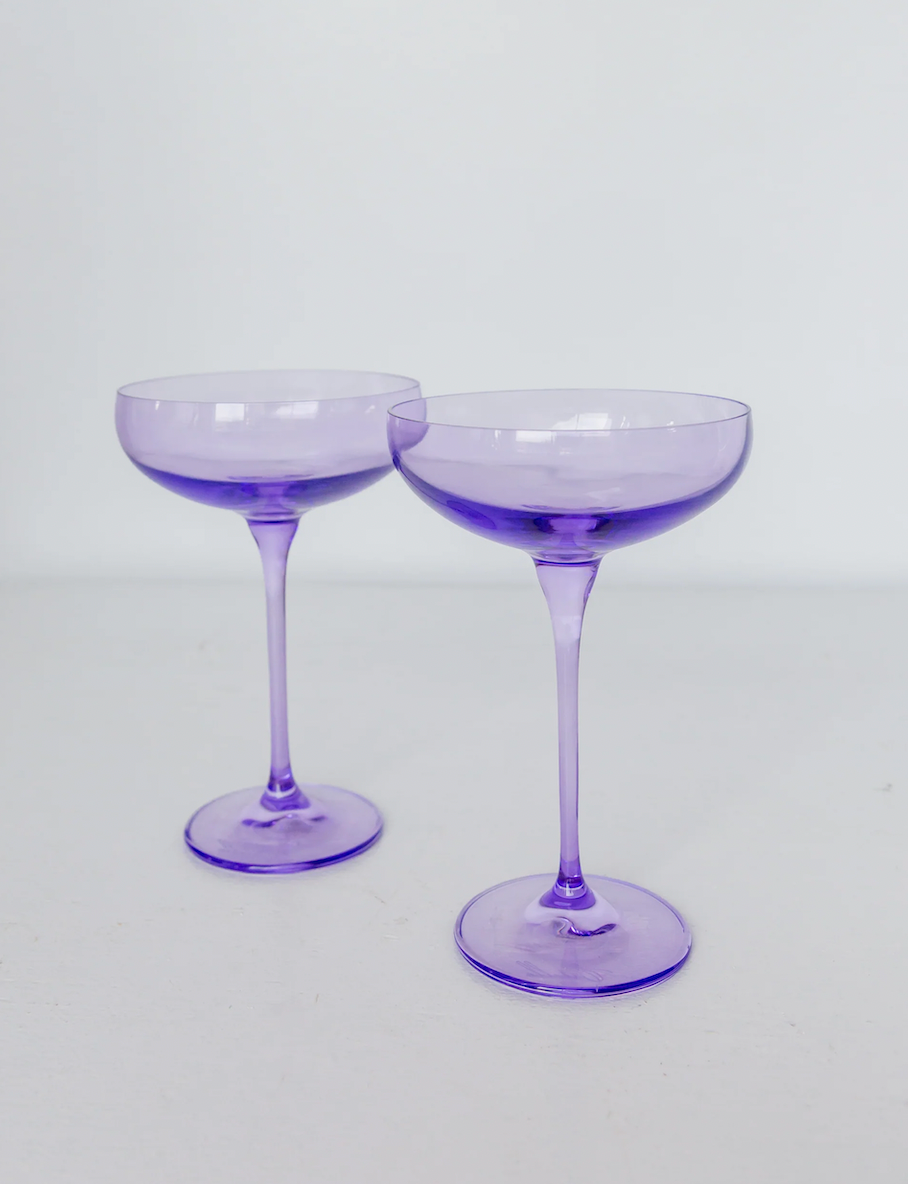
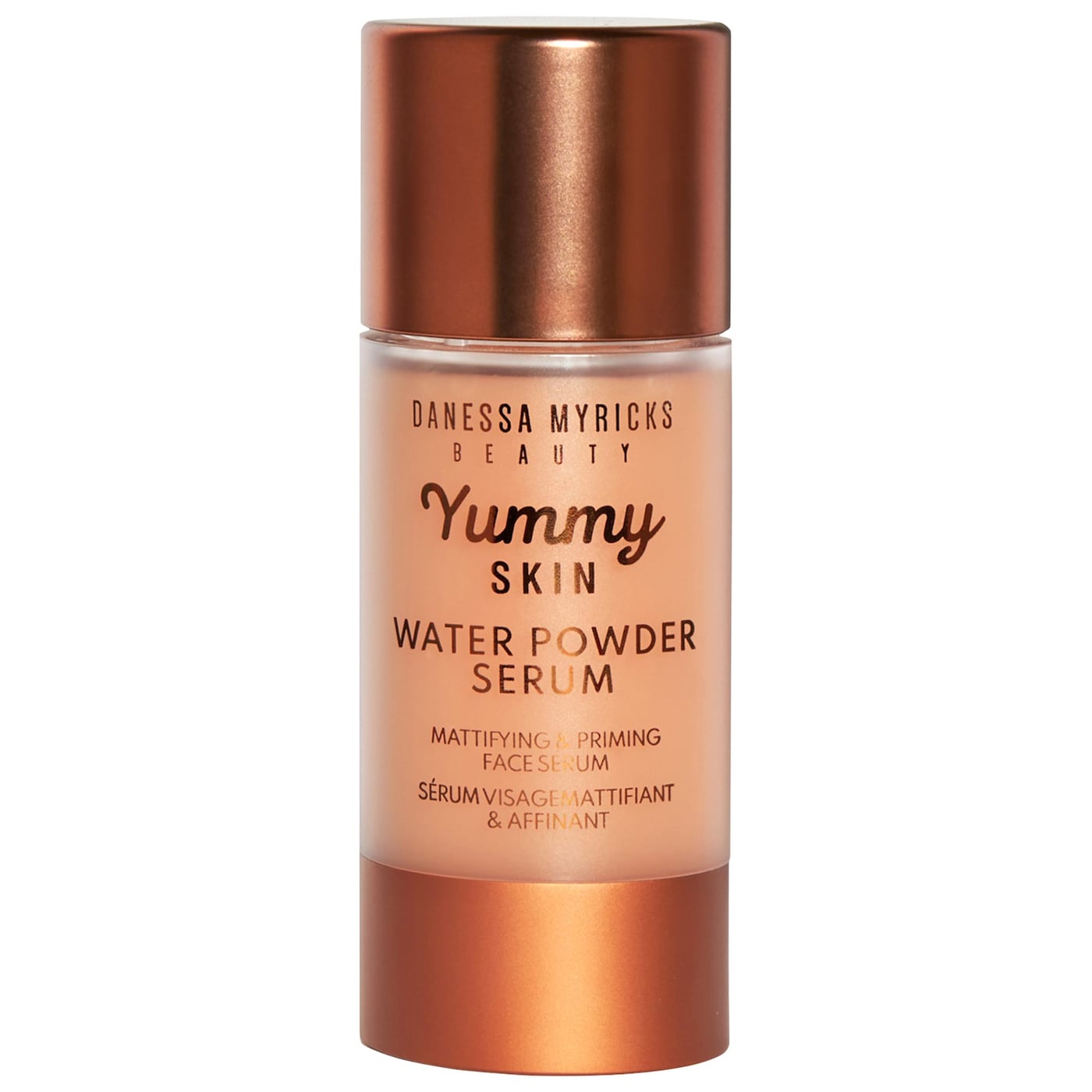
“For the hair fibers in the braids my favorite oils are ones high in fatty acids like shea or avocado,” she says. Oils like viral Mielle Rosemary Oil and As I Am Rosemary Oil can help seal in the moisture of humectant-rich hydrators, like the Shea Moisture Aloe Butter Scalp Cream, to boost your scalp and hair health while wearing braids. Hill recommends you develop an effective regimen for your specific hair type and texture, consisting of: a pre-shampoo scalp treatment (like the Renee Furterer Complexe 5 Stimulating Plant Concentrate), disciplined shampoo schedule, antimicrobial oils, water-based products for your roots and a salicylic acid spot treatment. Oh! Also, “do not sleep on wet hair,” she warns.
Should I wash my scalp with braids in?
If your scalp is itchy and you have a style you can get wet, you may consider washing your scalp. “The physical braids themselves should be sprayed with a moisturizing oil (like Design Essentials Detoxifying Serum or Peppermint & Aloe Scalp Soothing Tonic) at least 3-5 times a week,” Hill says. To cleanse your actual scalp, she recommends applying natural cleansing oils (like citrus and rosemary) with the nozzle of an applicator bottle at least every 7-10 days. “Some scalps may need a diluted shampoo every other week or so,” she adds.
To do this, mix shampoo and water in a bottle with a nozzle applicator and apply to the scalp prior to getting in the shower. Then, let the shampoo mixture sit for 5-10 minutes before rinsing under the water. After that, you should spray your hair with a moisturizing oil and let the braids air dry completely. “It is wise to use a hooded dryer at a cool temperature to ensure braids are completely dry,” she says, making sure you avoid keeping your hair wet for too long.
